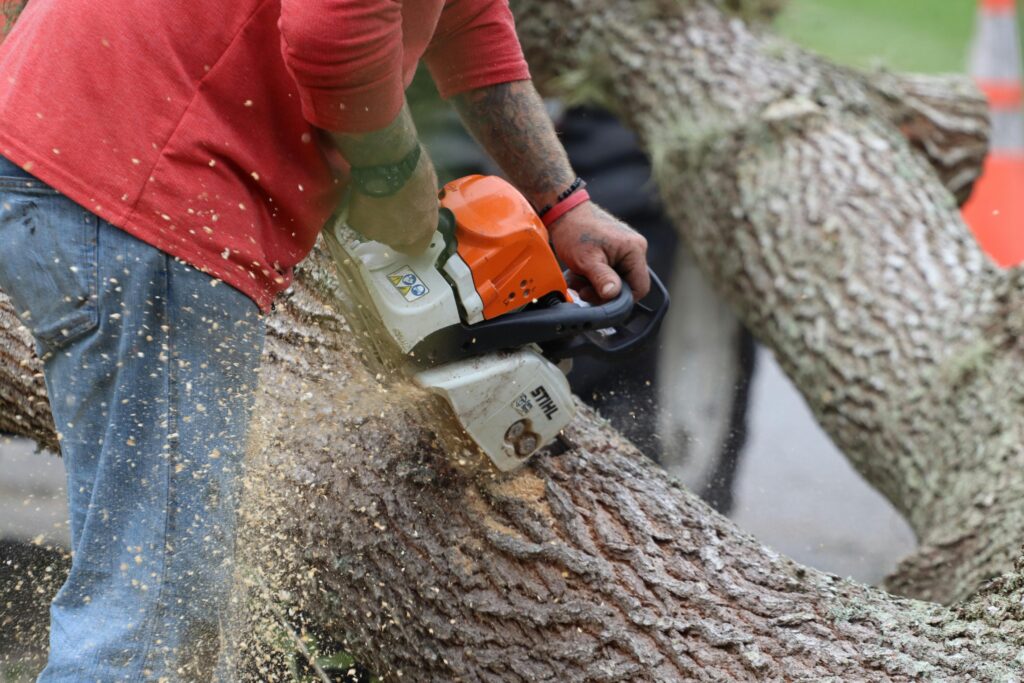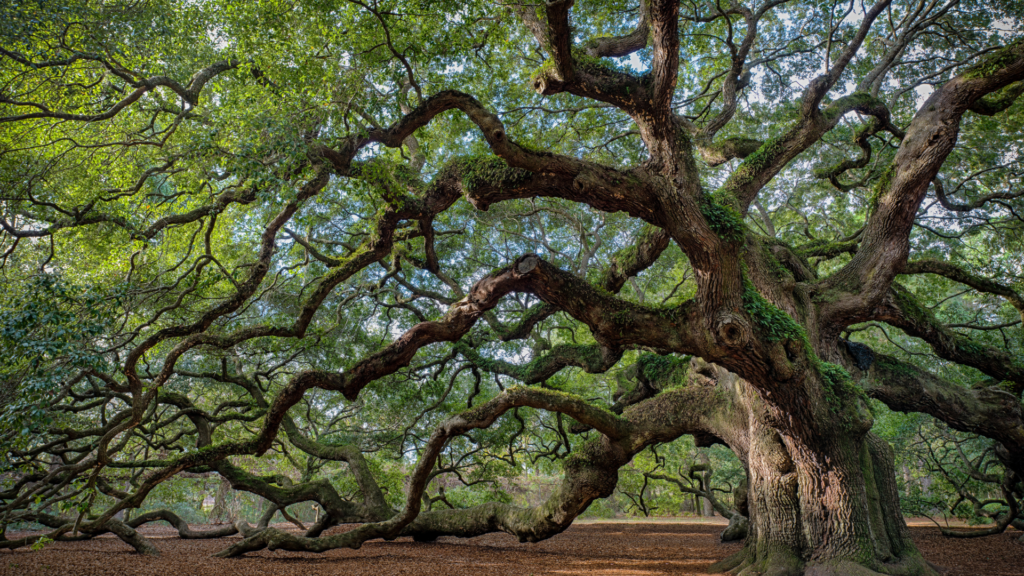Getting Storm-Damaged Tree Services: Is It Worth It?
It’s easy to assume that a tree will stand tall again once the winds settle. But damaged trees don’t always bounce back. Sometimes, they pose silent risks long after the skies clear. That’s where storm-damaged tree removal comes in. Ignoring the signs of tree damage could lead to falling limbs, blocked pathways, or worse—accidents and costly property damage. Quick and professional action, especially with a reliable storm damage tree service, can make all the difference. In this guide, we’ll walk through why removing storm-damaged trees matters, how to handle fallen tree removal, what counts as hazardous tree removal, and what to expect when you need tree removal after storm events. Understanding the Need for Storm Damage Tree Service When a storm hits, trees are often the first to take the hit—snapped branches, split trunks, or even entire root systems yanked from the ground. While some damage is easy to spot, not all signs are immediately obvious. A tree might look stable but could be internally compromised, making it a ticking time bomb. A storm damage tree service begins with a professional assessment to identify threats the untrained eye might miss. This includes evaluating cracks, splits, leaning posture, and signs of decay that the storm may have worsened. Even trees that appear upright could be dangerously unstable. Think of it like getting your car checked after hitting a pothole. The damage might not be visible, but something could be seriously off. It’s the same with storm-hit trees. They need proper tree inspection before they become a safety hazard. Some trees may be salvageable with trimming. Others may require complete storm-damaged tree removal to protect nearby structures, pedestrians, and power lines. Either way, a prompt response keeps your property safe and helps restore the landscape to a healthier state. Why Immediate Fallen Tree Removal Is Important Once a tree has fallen, the damage has already happened—but waiting to act can make things worse. Fallen tree removal is one of the most urgent tasks after a storm, especially when a tree blocks a driveway, rests on a structure, or lies tangled with power lines. Leaving a fallen tree where it landed is risky. It can cause structural damage to your roof or fence, attract pests, or invite mold and rot into your yard. Worse, if the tree shifts or rolls unexpectedly, it can injure someone nearby. Professional fallen tree removal also helps with your insurance claims. Some policies require quick action to prevent further damage. A qualified team can document the situation and handle the removal safely, so you’re not left guessing what to do next. And let’s face it—dragging branches and sawing trunks with a home toolkit isn’t the weekend project most people want. This is one task better left to a proper storm damage tree service that has the tools, training, and timing to do it right. Identifying and Handling Hazardous Tree Removal Situations Not all tree damage is obvious. Some trees remain standing after a storm, but that doesn’t mean they’re safe. These are often the most dangerous. When a tree leans more than it used to, has a cracked trunk, or shows roots lifting from the ground, it may require hazardous tree removal. Hazardous trees can fall without warning. Wind-damaged branches may break days later. Internal decay, made worse by storm stress, can weaken a tree’s structure from the inside out. And if that tree is near a house, sidewalk, or playground, it becomes a liability. Trying to remove a dangerous tree yourself is not only difficult but also unsafe. Without the right gear and knowledge, cutting a tree in the wrong way can cause it to fall in the wrong direction, damage property, or injure someone. Professionals trained in hazardous tree removal assess the tree and its surroundings, including power lines, neighboring trees, and buildings. Tree Removal After Storm Events: What to Expect After a major storm, the landscape changes fast—and not always for the better. Trees that once stood tall may be leaning, split, or lying across your yard. If you’ve never dealt with tree removal after storm events, it can feel overwhelming. But knowing what to expect helps you respond with less stress and fewer mistakes. What You Should Do First Start by walking your property safely. Look for obvious signs like fallen limbs, cracked trunks, or trees pressing against structures. Don’t try to move anything large yourself, especially if it’s near power lines. Instead, take clear photos. This documentation can help with insurance and provide useful information for the storm damage tree service crew. Then, call a professional. Timing matters. The sooner you act, the less likely it is that further damage will occur—especially if heavy limbs are weighing down fences or rooftops. Quick action also keeps your insurance claim process on track. What a Tree Removal Team Will Handle A reputable tree removal company will assess the damage, create a removal plan, and bring the right crew and equipment. This includes chainsaws, lifts, safety gear, and debris removal tools. Depending on the severity, some jobs are completed in a few hours, while larger jobs may span a day or more. Permits may also be required depending on your location, especially for large or protected trees. Professional teams are usually familiar with these rules and can help secure what’s needed for legal tree removal after storm situations. The Process of Storm-Damaged Tree Removal When you hear the phrase storm-damaged tree removal, it might sound like someone shows up with a chainsaw and calls it a day. But in reality, there’s a careful process behind it—especially when safety, property, and clean-up are involved. Step 1: Initial Assessment The first thing a reputable storm damage tree service will do is assess the situation. Is the tree fully down or partially hanging? Are any branches at risk of falling? Are there wires nearby or is the tree pressing against a structure? These details help determine the safest removal approach. Step 2: Emergency Response, If Needed If
Getting Storm-Damaged Tree Services: Is It Worth It? Read More »






